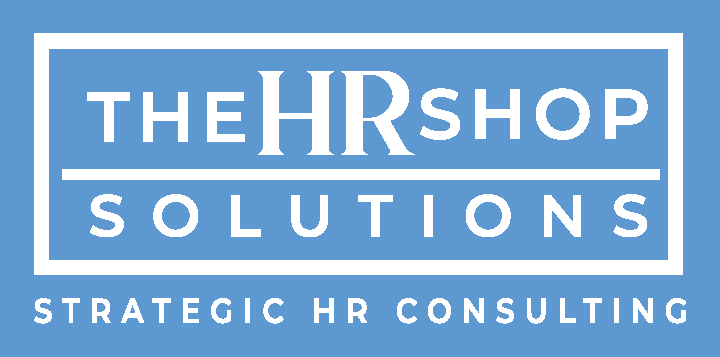Priorities for an HR Department of One
Running HR as a department of one can feel like a constant balancing act. Between compliance deadlines, employee needs, and strategic initiatives, it’s easy to get buried in the day-to-day. But with clear priorities and drawing on your organizational and interpersonal skills, even a solo HR professional can build an effective, people-focused function that supports both employees and leadership.

Compliance Comes First
No matter the size of your company, compliance is non-negotiable. Stay on top of federal, state, and local labor laws to protect the business and employees. This means maintaining accurate records, keeping required policies up to date, and tracking deadlines for things like EEO reporting, benefits filings, performance management, onboarding, and training requirements. Think of compliance as your foundation—once it’s steady, you can build everything else on top of it.
Tip: Create a compliance checklist to remind yourself of key dates and requirements.
Streamline Core HR Processes
With limited bandwidth, efficiency is the key. Focus on making the big-ticket HR functions—hiring, onboarding, payroll, and performance management—as smooth and automated as possible.
- Outsource to utilize others’ expertise.
- Use technology (like an HRIS or applicant tracking system) to reduce manual work.
- Standardize forms, checklists, and templates so you don’t reinvent the wheel every time you need one.
- Create self-service options for employees where appropriate.
Prioritize Employee Experience
Even as a team of one, HR sets the tone for company culture. Employees will remember how they felt more than how fast the paperwork got done. Focus on creating a welcoming onboarding process, being approachable for questions, and maintaining trust and transparency.
Small gestures—like checking in with new hires or recognizing milestones—go a long way.
Build Relationships Across the Organization
Since you’re wearing many hats, strong partnerships make the work sustainable. Build trust with executives and managers so they see you as a collaborator, not just a rule enforcer. Encourage open communication with and between employees so they feel comfortable bringing issues to you early.

Strategize
Use the insights from listening, participating, and audits to clarify HR’s vision and the best operating framework to facilitate HR’s priorities. HR priorities should align with the organization’s strategic objectives.
- Determine whether the need is to prioritize hiring, upskilling, or retention.
- Ifautomating certain processes will improve efficiencies,identify and reach out to potential service providers.
- What you can outsource? Conduct a cost-benefit analysis to assess whether it’s better to process or administer it internally or not.
- Work on your time management by setting specific timeframes to perform needed tasks to prevent distractions. Get used to blocking your calendar and schedule everything.
- Does leadership lacks experience with the HR function?Keep leadership informed on realistic needs and timeframes for completing projects.
- Utilize technology to save time. While your organization might not have a big budget, there are solutions that don’t cost much but are effective in helping you stay organized: an applicant tracking systems, online document signing, forms, policy databases, and critical compliance learning management systems.
Know What to Say “No”
It’s tempting to try to do everything, but as an HR department of one, it’s just not possible and you need to prioritize. Focus on the initiatives that have the biggest impact on compliance, employee engagement, and strategic goals. Push back on projects that don’t align with those priorities until you have the capacity or resources to handle them.
Invest in Your Own Growth
Finally, don’t forget about yourself. Join HR communities, attend webinars, and subscribe to industry newsletters. Pursue HR affiliated certification and accreditations. Having peers to lean on helps combat the isolation of being a solo HR pro—and keeps you up to date on trends and best practices.
Invest in Your Own Mental Health
Let’s face it, when you’re the only HR professional in the organization, the weight of employee concerns, leadership expectations, and compliance responsibilities often falls squarely on your shoulders. It can be draining, especially when you’re constantly the “go-to” person for sensitive issues.
That’s why taking care of your own mental health is not optional—it’s essential. You can’t effectively support employees if you’re running on empty yourself.
Practical ways to protect your well-being:
- Set boundaries: Block off time for deep work and avoid being “always on.”
- Take breaks: A short walk or even 10 minutes of breathing exercises can reset your energy.
- Find support: Connect with HR peers, mentors, or networks where you can vent, share challenges, and gain expertise and perspective.

